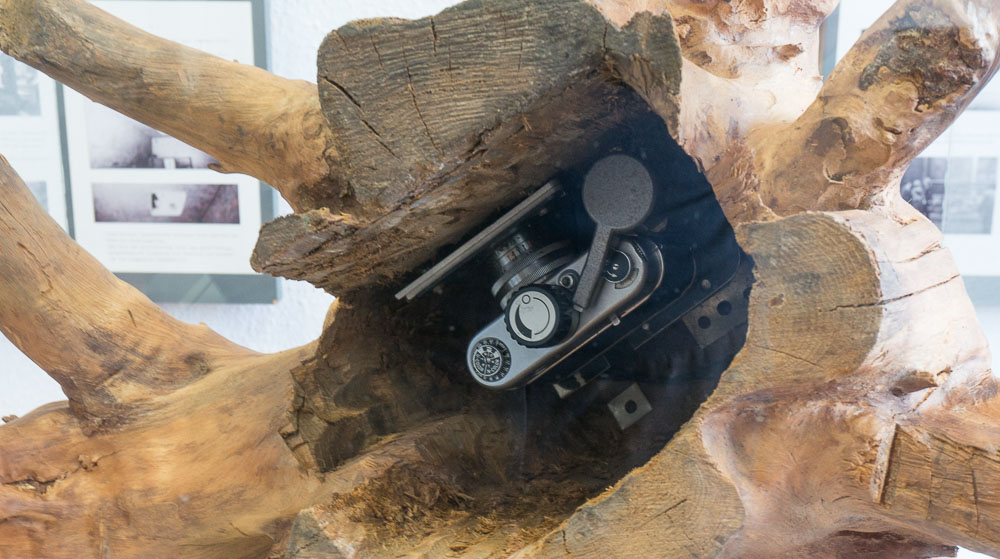Photos from “Out of Control? Living in a Surveilled World” at the Museum für Kommunikation, Frankfurt
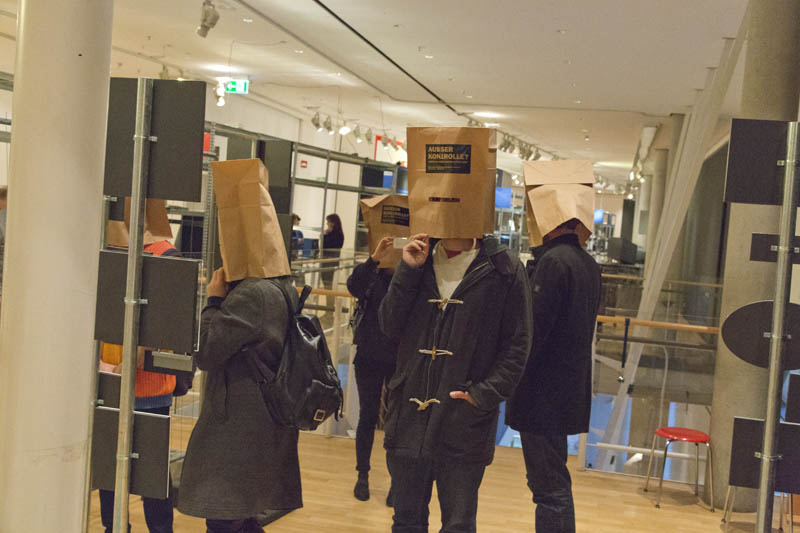
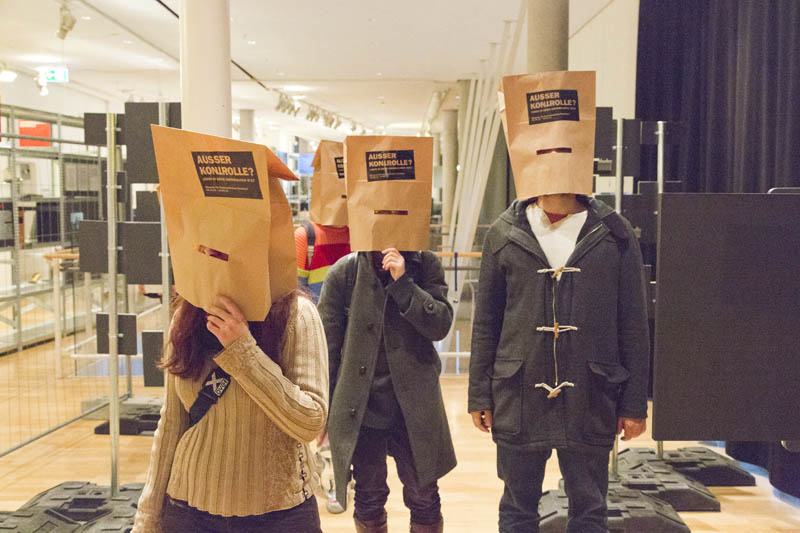
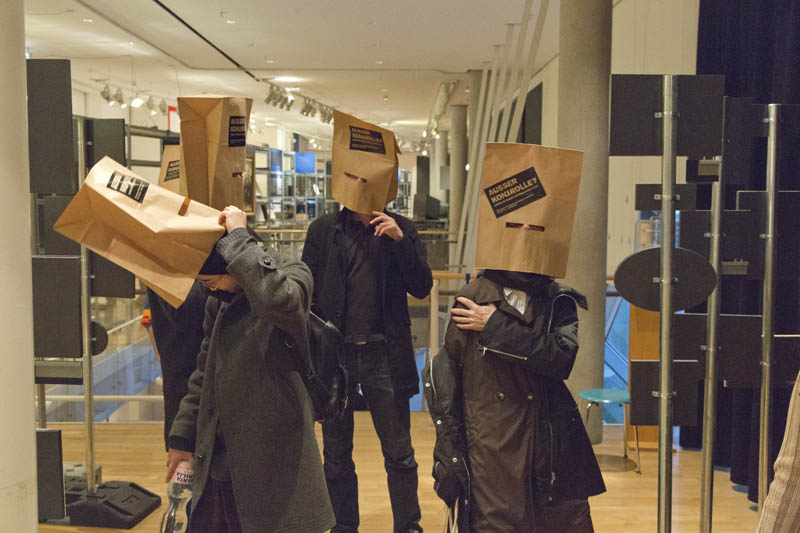
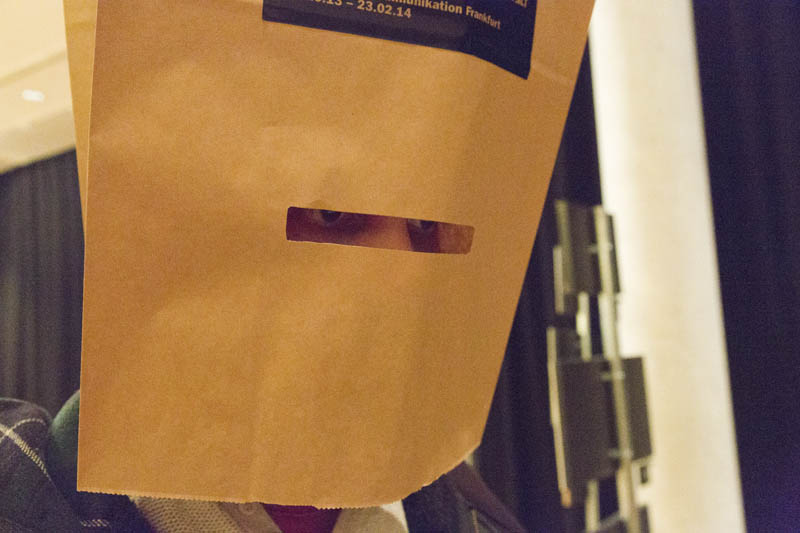
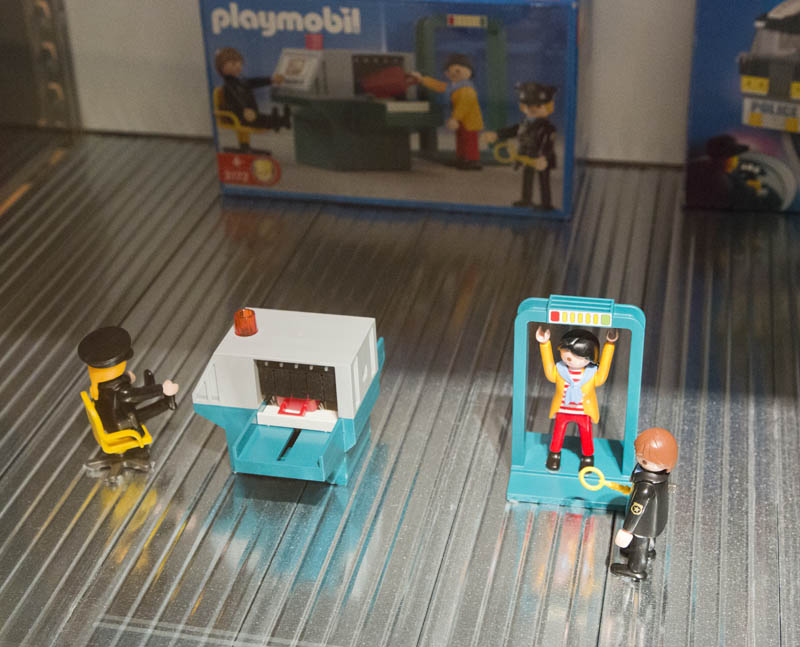
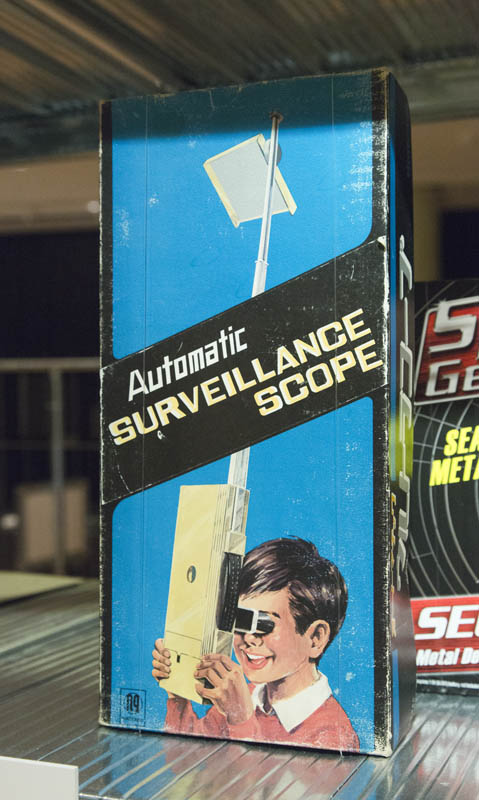
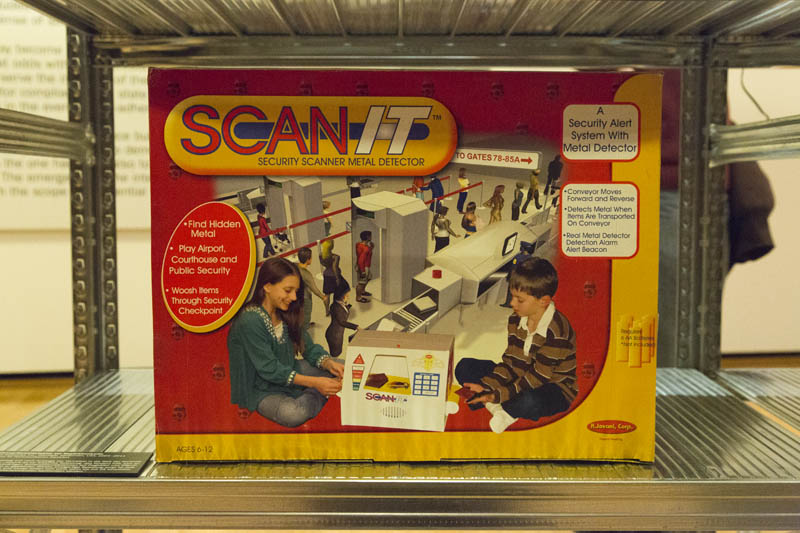
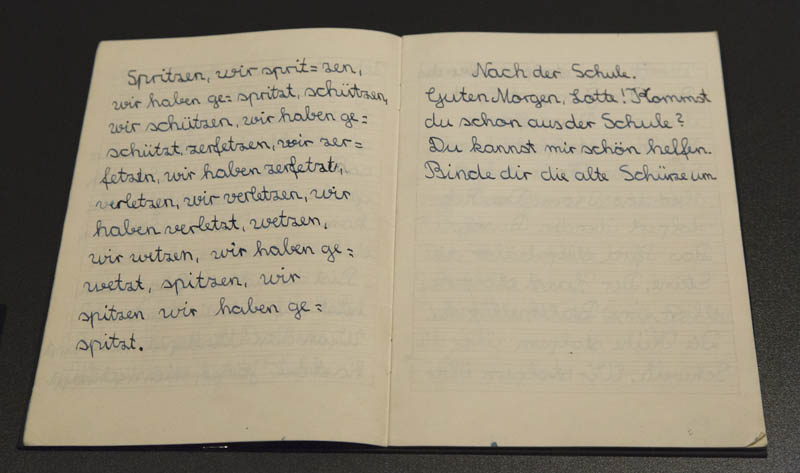
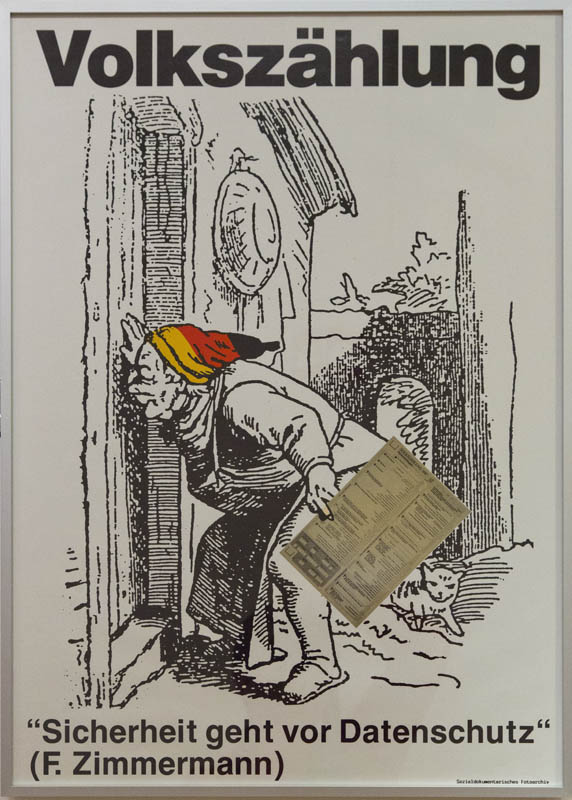
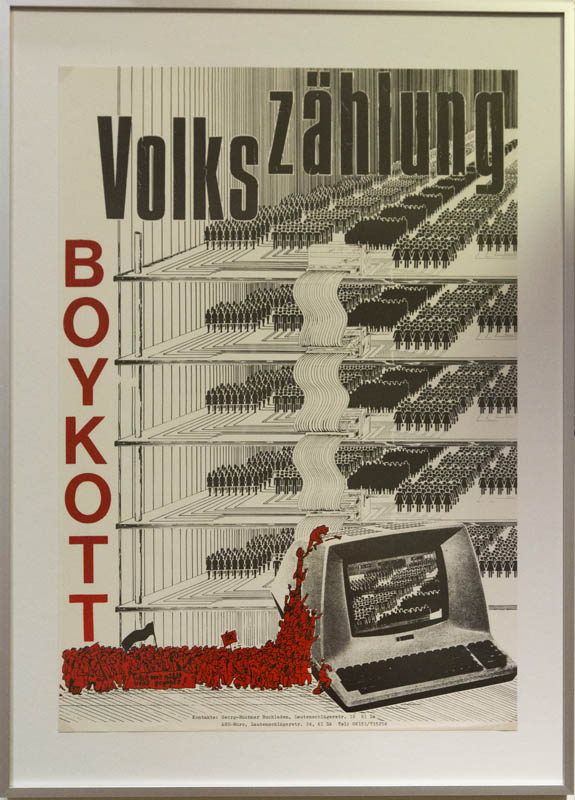
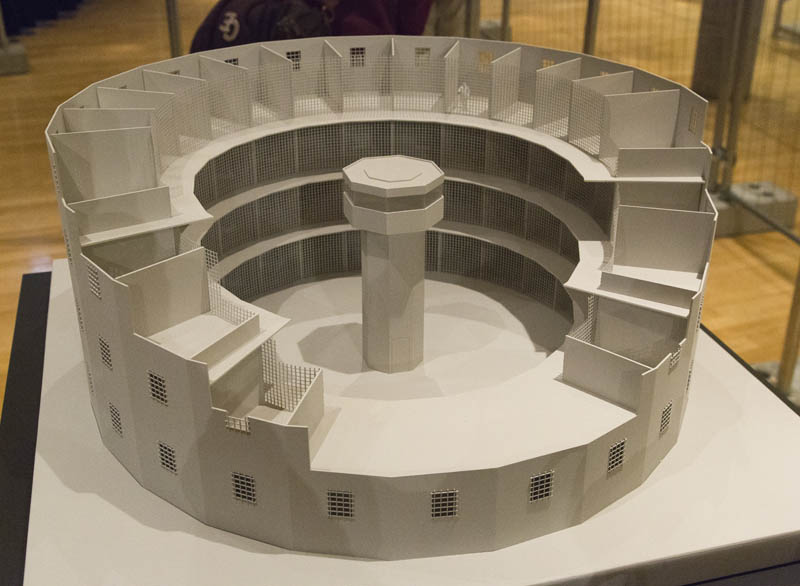
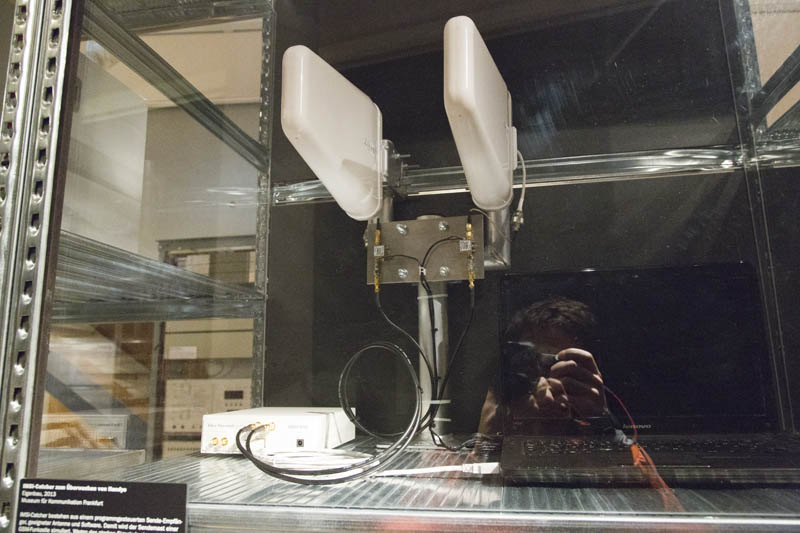
Photos from “Out of Control? Living in a Surveilled World” at the Museum für Kommunikation, Frankfurt












From a discussion about protecting yourself against most ‘black bag’ and ‘evil maid’ attacks.
put distinctive scratches into all your peripherals, take a photo, and regularly check that the scratches are identical to the photo. This is how weapons inspectors ensure the seals protecting weapons caches have not been tampered with. The seals are scratched in a distinctive way that can’t be forged, then check periodically. Use tamper evident tape on your devices to slow down a burglar that wants to plant a keylogger in your keyboard.
The computer in question is an ‘air gapped’ machine, which means it is not connected to any network. You’d use it for extreme operational security (i.e. working with leaked NSA documents).
If you have a desktop [computer], put super glue in all the USB interfaces so they aren’t functional. Do the same to any interface on the mother boards that could attach removable media. Try to make the case impossible to open (bonus points for encasing it in cement except for the fan, CD tray, cables for keyboard/mouse, power cable and power button).
Turns out that really isolating a computer that you work on is a very hard thing to do. The latest threat seems to be some kind of super-malware that can bridge air gaps by communicating via a computer’s built-in speaker and mic. Allegedly it ‘talks’ at around 18kHz which is a frequency most people cannot hear.
a restaurant’s walk-in freezer is the poor man’s faraday cage
says the NSA, who seem to struggle a bit here, convincing anyone to work with them these days.
 (via)
(via)
Just a thought, regarding the representative function of portraits. The change is especially visible in ruler’s portraits. Take e.g. the Doge of Venice by Bellini, 1501:
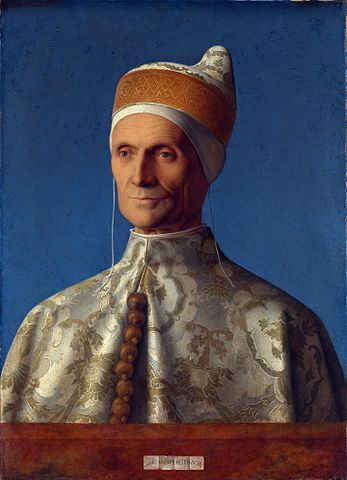
Presumably as with other portraits of this kind, copies were put up in official buildings all around the country. So that the Doge would always be present. This way, one person can be in many places at once. And exercise authority.
Nowadays this, too, has been democraticized. With the automatic synchronization of biometric face databases, we’re all everywhere, anytime. Except that the power relations have changed, too. It’s pictures of those that need to be controlled and disciplined, that are being exchanged.
Those pictures are normally not put up on a wall (except maybe when you’re on the most wanted list). So what is it that happens exactly, when no human is looking at those portraits, but algorithms. What is being done to the representation of you?
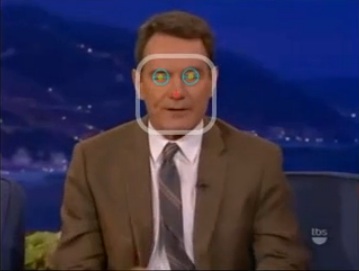
A still from the video below. The amazing bit about this is not that it’s there, and apparently working, but how incredibly crude it looks. The analysis meta-data drawing (if that’s what you can call the lines drawn onto the faces) look like a child’s drawing of a face, unable to display any empathy, individuality, attitude. It works very well with the actors trying to do a blank Buster Keaton face. I wonder why, and what this tells me.
What elements of the October 9th video of the “Sam Adams award”, made in Moscow, stand in contrast to the recording made in Hong Kong by Laura Poitras? How is this portrayal relevant?
Drakegoodman scanned this 1917-ish photo of Soviet planespotters in exotic headgear; according to a commenter, the binox are focused at infinity “so that when you found the source of the sound by turning your head, you could see the aircraft creating that sound.”
I think the foot-wide-apart lenses will also make for headachingly good 3D viewing.
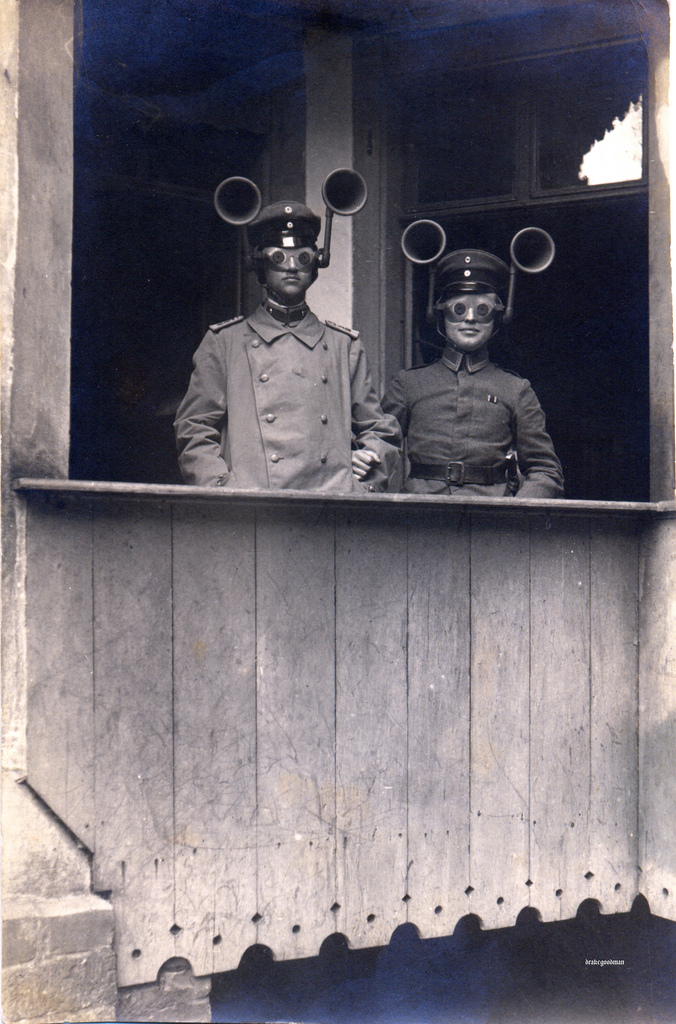
The guy at the right really is trying not to laugh, no?
Egor Egorov visited the Stasi Museum and took a lot of fine pictures for us. Almost quaint, nowadays. How analog.